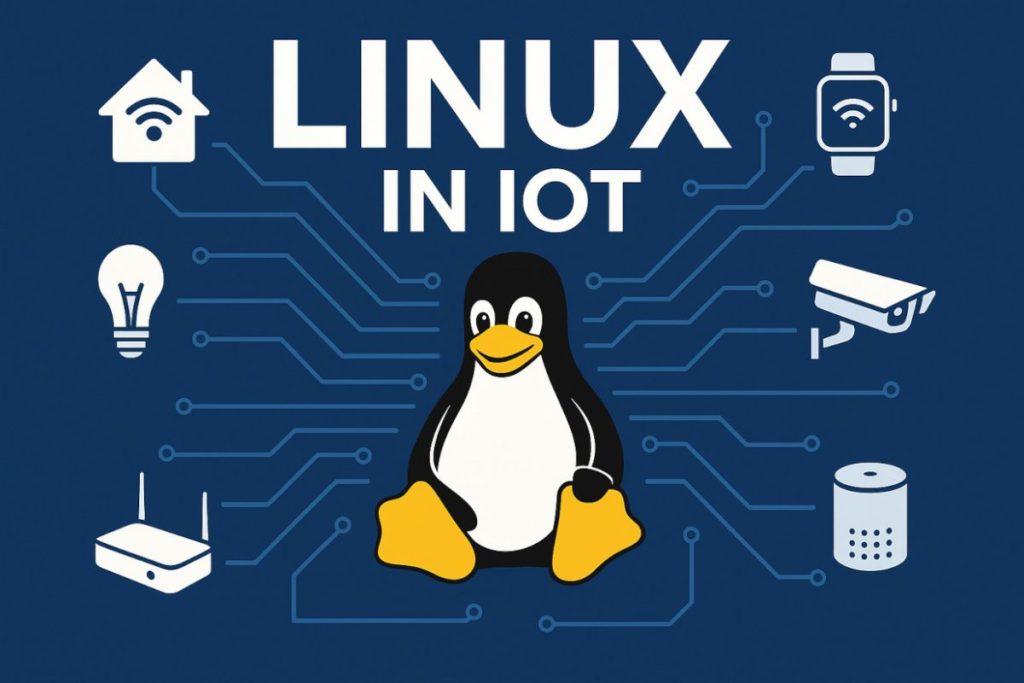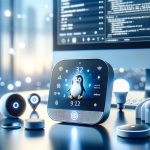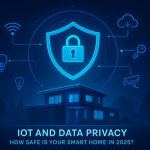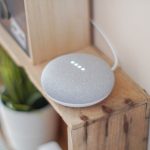When diving into the world of the Internet of Things (IoT), you’ll quickly notice a recurring theme: Linux in IoT is everywhere. From smart thermostats and wearable devices to industrial sensors and home automation hubs, Linux powers a vast number of IoT systems. But why is this open-source operating system so widely used in connected technology?
In this guide, we’ll break down what makes Linux so ideal for IoT, where it’s used, and why understanding it can give you a solid foundation in the world of smart devices.
What Is Linux, and Why Should IoT Beginners Care?
At its core, Linux is a free and open-source operating system, similar to Windows or macOS in function but built to be lightweight, customizable, and incredibly stable. It powers everything from supercomputers and smartphones to routers and TVs.
In the IoT space, Linux stands out because of its flexibility and modular nature. Developers can strip it down to just the essentials, making it perfect for low-power devices with limited memory and processing capabilities.
Why Linux Is the Preferred OS for IoT
Here are the top reasons Linux is so popular in the IoT ecosystem:
1. Open Source = Full Control
IoT developers and manufacturers can modify Linux to meet their specific hardware and software needs — no licensing fees, no restrictions. This is particularly important in industries that need tailored solutions.
2. Lightweight and Scalable
Linux can run on tiny microcontrollers or large cloud servers, making it ideal for both edge devices and IoT gateways. Variants like Yocto, Buildroot, and OpenWRT are built specifically for embedded systems.
3. Massive Community Support
Linux has been around for decades, and its global developer community means excellent documentation, forums, and regular security updates — all of which are essential for maintaining secure and stable IoT systems.
4. Security and Stability
Security is critical in IoT, and Linux supports features like firewalls, access control, and encryption out of the box. Its long-term stability also ensures minimal downtime for critical applications.
5. Built for Connectivity
Linux easily supports networking protocols like MQTT, CoAP, HTTP, and Bluetooth, which are vital for communication between IoT devices.
Common Linux-Based Operating Systems in IoT
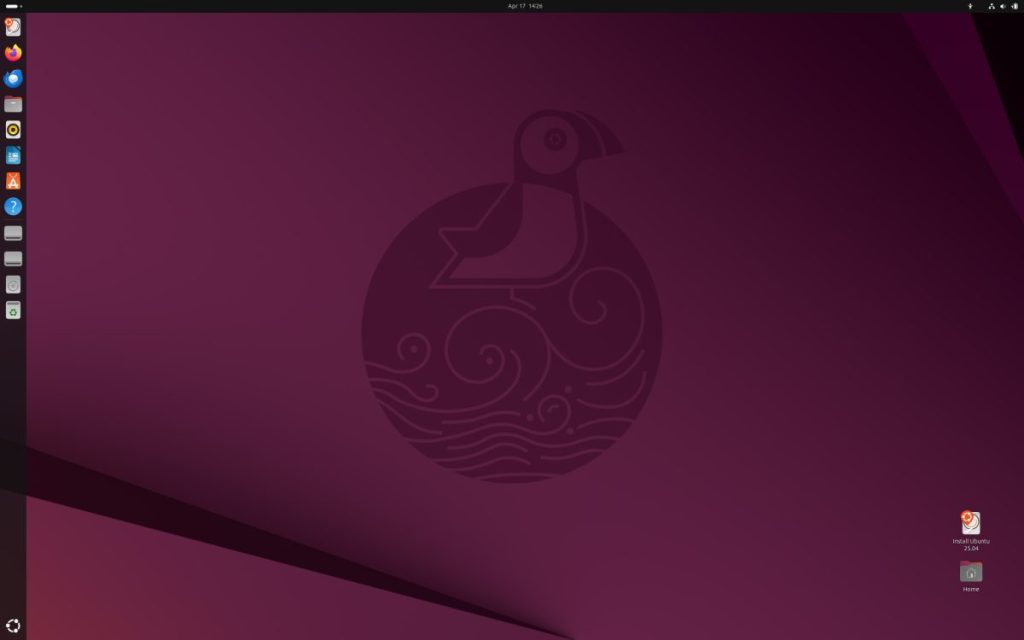
Here are some of the most widely used Linux distributions in IoT:
- Raspberry Pi OS: Perfect for hobbyist projects and learning.
- Ubuntu Core: A minimal, secure version of Ubuntu built for IoT.
- OpenWRT: Often used in routers and network devices.
- Yocto Project: Allows developers to create custom Linux distributions.
- Buildroot: Helps create small and efficient root filesystems.
Each of these has its own strengths depending on your device requirements and technical skill level.
Real-World Applications of Linux in IoT
- Smart Home Hubs: Many home automation systems, like Home Assistant or OpenHAB, run on Linux-powered hardware.
- Wearables: Fitness trackers and smartwatches often use Linux variants to manage sensors and UI.
- Industrial IoT (IIoT): Linux powers edge gateways that monitor factory machinery, environmental conditions, or energy consumption.
- Agriculture Tech: Automated irrigation systems and soil monitors often use Raspberry Pi or other Linux boards.
- Healthcare Devices: Linux is used in patient monitoring tools that collect and transmit real-time health data.
Should You Learn Linux for IoT?
If you’re planning to get serious about building IoT systems — whether as a developer, engineer, or advanced hobbyist — then yes, learning Linux is a great idea. Knowing how to:
- Use the Linux command line,
- Configure a network interface,
- Write and schedule scripts,
- Or even compile a kernel,
…can take your IoT skills to the next level.
There are plenty of beginner-friendly resources online, and Raspberry Pi is a fantastic starting point to get your hands dirty.
A Final Thought
Linux might not always be visible in shiny product marketing, but behind many of the world’s smartest devices is a quietly powerful, flexible operating system doing the heavy lifting. Its role in IoT is only growing as devices become more capable and connected.
Whether you’re tinkering with a smart garden setup or managing an industrial fleet of sensors, understanding Linux will give you a serious edge in the IoT game.
- Designing a Smarter Home in 2026: What People Get Wrong About Automation
 Smart homes were once science fiction, but today they’re a reality in millions of households. With voice assistants, smart plugs, and automated lighting systems, it’s easy to assume home automation is simply a matter of plugging in a few devices. Yet, many homeowners quickly discover that “smart” doesn’t always mean simple. In this article, we’ll…
Smart homes were once science fiction, but today they’re a reality in millions of households. With voice assistants, smart plugs, and automated lighting systems, it’s easy to assume home automation is simply a matter of plugging in a few devices. Yet, many homeowners quickly discover that “smart” doesn’t always mean simple. In this article, we’ll… - Automated Online Trading: How IoT is Redefining Financial Markets
 Introduction automated online trading In a world where milliseconds can decide millions, the fusion of Internet of Things (IoT) technology and automated online trading is reshaping global finance. What once relied solely on human judgment now increasingly depends on connected machines, real-time data, and predictive algorithms. From weather sensors influencing agricultural trades to smart logistics…
Introduction automated online trading In a world where milliseconds can decide millions, the fusion of Internet of Things (IoT) technology and automated online trading is reshaping global finance. What once relied solely on human judgment now increasingly depends on connected machines, real-time data, and predictive algorithms. From weather sensors influencing agricultural trades to smart logistics… - The Role of Linux in IoT: Powering the Connected World
 The Internet of Things (IoT) is everywhere—from smart homes and wearable devices to industrial automation and self-driving cars. Behind the scenes, one operating system plays a surprisingly dominant role: Linux. Known for its stability, flexibility, and open-source nature, Linux has become the backbone of countless IoT devices and platforms. But what makes Linux so well-suited…
The Internet of Things (IoT) is everywhere—from smart homes and wearable devices to industrial automation and self-driving cars. Behind the scenes, one operating system plays a surprisingly dominant role: Linux. Known for its stability, flexibility, and open-source nature, Linux has become the backbone of countless IoT devices and platforms. But what makes Linux so well-suited… - The Smart Home Revolution in 2025: How IoT is Transforming Everyday Living
 In the past decade, the vision of a truly smart home has moved from futuristic fantasy to everyday reality. As we step into 2025, the Internet of Things (IoT) has matured into a robust ecosystem, connecting appliances, security systems, lighting, and even entertainment devices under one seamless digital roof. The result? Homes that are safer,…
In the past decade, the vision of a truly smart home has moved from futuristic fantasy to everyday reality. As we step into 2025, the Internet of Things (IoT) has matured into a robust ecosystem, connecting appliances, security systems, lighting, and even entertainment devices under one seamless digital roof. The result? Homes that are safer,… - IoT and Data Privacy: How Safe Is Your Smart Home in 2025? – IoT Security
 The smart home revolution has made everyday life more convenient than ever. From voice assistants that control the lights to security cameras that send alerts directly to your phone, connected devices have become part of our daily routines. But with this convenience comes an important question: how safe is your personal data in a world…
The smart home revolution has made everyday life more convenient than ever. From voice assistants that control the lights to security cameras that send alerts directly to your phone, connected devices have become part of our daily routines. But with this convenience comes an important question: how safe is your personal data in a world…
